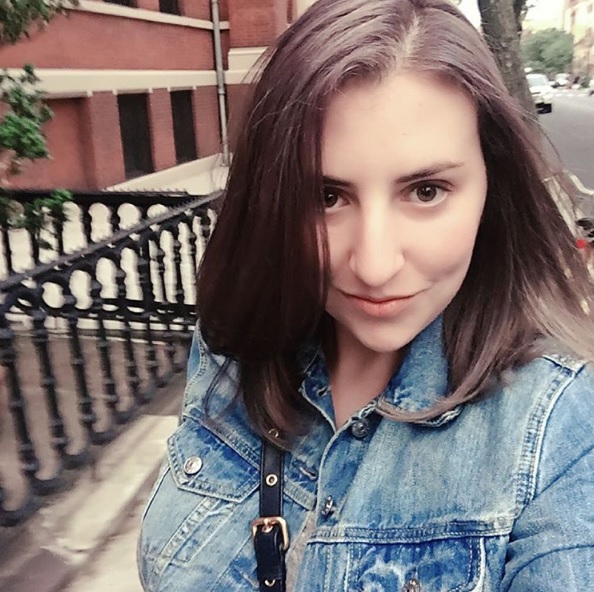
Doctors and surgeons in training need cadavers, after all, and are officially allowed only to use those of executed criminals. He digs up freshly dead bodies from cemeteries and sells them to the Anatomists' Society, the locus of scientific discovery in Edinburgh and the place where physicians are trained. Jack, the boy who helps Hazel, is what is called a resurrection man. Beecham perform a quick and easy amputation, made quiet and orderly by the use of a new compound he calls ethereum. Lucky for her, a young commoner around her age, Jack Currer, helps her get inside, and there she sees Dr. Her cousin, more squeamish than her, won't go with her, so she goes scandalously alone and unchaperoned, hoping to slip in without being noticed after the demonstration starts, but finds the doors locked. Beecham's Treatise on Anatomy: or, the Prevention and Cure of Modern Diseases, she jumps at it. Beecham, grandson of the even more famous Dr.

When Hazel gets a chance to see a surgery performed by the famous Dr. Her older brother, George, died a couple years prior from the fictional Roman fever, named for the telltale symptomatic sores that resemble "several stab wounds to the back like Julius Caesar's." Since then, her mother has been overprotective of Hazel's younger brother, Percy, now heir to Hawthornden Castle, the family estate, and has barely paid attention to Hazel, allowing the noble teenager to continue indulging in her desire for medical education. It's 1817 in Edinburgh, and Lady Hazel Sinnet, destined to marry her cousin Bernard Almont, son of a viscount, enjoys spending her time reading medical textbooks and trying to animate dead frogs like one of her idols, Luigi Galvani. I suspect that Dana Schwartz - author, internet personality, and host of the history podcast Noble Blood - may have been aware of this man, for she's created a deliciously macabre fictional predecessor in her new novel, Anatomy: A Love Story, already chosen for Reese Witherspoon's YA Book Club. In Western medicine, at least, chemical compounds like chloroform and ether were first used as anesthetic in the 1840s, according to The Palgrave Handbook of the History of Surgery, and before that, "surgical operations were conducted with little or no pain relief and were attended with great suffering and emotional distress." Among the various men who pioneered different methods is one Sir James Young Simpson, 1st Baronet, a "Scottish obstetrician who was the first to use chloroform in obstetrics and the first in Britain to use ether," according to the Encyclopedia Britannica. Imagine, for a moment, what that operation would have been like without it.

If you've ever had an operation, it's highly likely an anesthetic was in use, whether local or general.


 0 kommentar(er)
0 kommentar(er)
